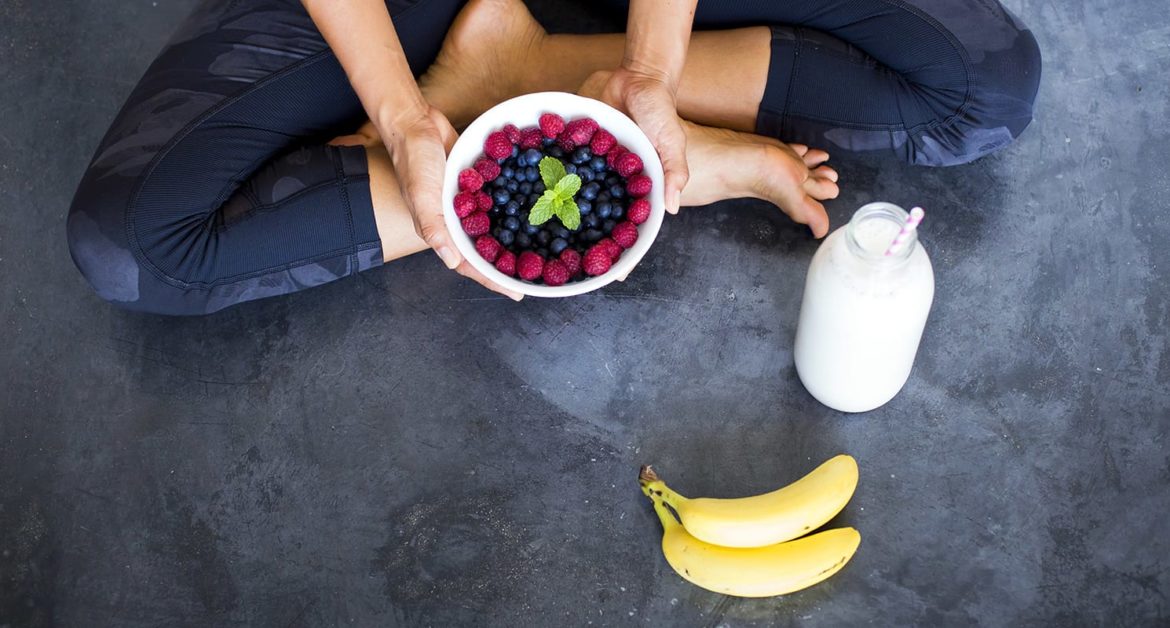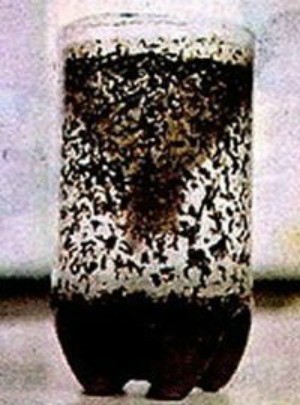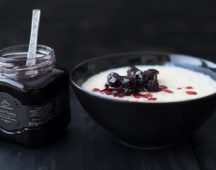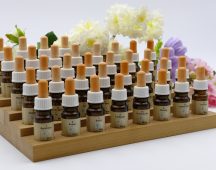
- Guestadmin
- January 10, 2017
- 11665
Tips to prevent Dengue naturally
The World Health Organization (WHO) has stated: “Dengue is one disease entity with different clinical presentations and often with unpredictable clinical evolution and outcome“.
Caused by: Virus [arthropod-borne flavivirus four distinct serotypes of dengue virus (DEN1-4)].
Transmitted by: Mosquito Aedes aegypti.
Varieties: Dengue and severe dengue (dengue fever, dengue haemorrhagic fever and dengue shock syndrome).
Incubation: Symptoms appear after 2-7 days of mosquito bite.
Risk factors For contracting dengue virus:
- High population density
- Urban living
- Poor public hygiene
- Exposure to mosquitoes in endemic areas
Symptoms
- All of a sudden onset of fever and muscle pain.
- With headache in forehead and rash all over body.
- Symptoms disappear for a day or two but may recur, although fever is low at the onset.
- Dengue fever cases experience severe bony and muscle pain in legs, joints and lower back which may last for weeks (hence, breakbone fever).
- Nausea, vomiting, sensitive skin, taste disturbance and loss of appetite are common.
- Abdominal pain may occur and, if severe, suggests possible DHF.
Homoeopathic management
Homoeopathic system of medicine can treat and prevent dengue fever (DF) and dengue hemorrhagic fever (DHF) by immuno-modulation of the patients without any side and adverse effects.
Homoeopathic drugs available for the treatment of dengue fever. These are Aconite, Arnica, Arsenic-alb, Belladonna, Bryonia, China officinalis, Colocynthis, Eupatorium perfoliatum, Ferrum metallicum, Gelsemium, Hamamelis, Ipecac, Lachesis, Merc-sol, Nux vomica, Rhus toxicodendron. These drugs had been successfully used by various homeopaths across the globe for its treatment and management. In 1996 during the epidemic of dengue in Delhi Eupatorium perfoliatum was found most effective.
Simple Dengue fever (DF) having no mortality, self limiting course and the patient usually recovers within five to seven days. The second type of dengue is of Dengue Haemorrhagic fever (DHF), which is a severe type of infection and can be fatal. Dengue fever (DHF) can be treated with Crotalus horridus, Ferrum metallcum, Hamamelis, Ipecac, Lachesis and Secale-cor along-with the intensive general management of the patient in form of monitoring of their leucocytes and platelet counts. These medicines can be safely used in every patient along with the general treatment being given by the allopathic doctors.
Prevention of Dengue Fever (DF)/Dengue Haemorrhagic fever (DHF)
To prevent the infection of dengue virus, social awareness and control of mosquitoes is the foremost. The environment should be clean, water tanks and containers should be covered and mosquito nets should be used. If there is any fever, immediately consult qualified homoeopathic doctors or allopathic doctors, if required get hospitalized either in a clinic or hospital for proper observation and treatment.
Prevention of Dengue Fever with Homeopathy
Simple Dengue Fever (DF)

The trends of current symptomatology of the epidemic reveals that Eupatorium perfoliatum 200 can be taken twice daily for three days and subsequently at least two doses a week at the interval of three – four day till the epidemic persist for the prevention of dengue fever.
Dengue haemorrhagic fever (DHF)
Ipecac in 200 potency can be given twice a day for three days and two doses a week in all the patients those who have already suffered with the dengue fever and are prone for dengue haemorrhagic fever. This drug can also be used alternately with Eupatorium perfoliatum 200 to prevent both the types of dengue fever in so far not infected individuals.
These medicines are safe and can be given to any age group and even to the pregnant women without any side effects, but it is always better if these are used in consultation with the nearest qualified homoeopathic doctor.
Plant for repelling mosquito
Marigolds are a very common flowering plant seen in most of the gardens. But very few know that the slightly pungent smell of marigolds can repel mosquitoes effectively. Marigolds need lots of sunlight but you can keep them indoors in the evenings.
Citronella is kind of grass that gives a distinctive citrus smell of lemon. This aromatic plant have lots of foliage and looks very attractive on fences.
Basil is a plant that almost every Hindu household has due to its religious significance. But basil is basically a herb and has very strong aroma that can drive away mosquitoes. Basil is usually kept in the inner courtyard.
Lemon balm is also a type of mint plant with a distinct lemony smell. This plant is even used to make citrus perfumes. Keeping this aromatic plant in your home will act as a protection against mosquito and also freshen up the air.
Rosemary is a herb that has many health benefits one of which is anti-bacterial. Growing rosemary in your spice garden keeps mosquitoes and other pests away.
Clove is a great spice that has a very strong smell. It is no wonder that mosquitoes cannot stand this harsh aroma for too long.
Horsemint is a kind of mint plant as stated from the name. This plant gives off an incense like odour can can keep mosquitoes at bay.
Catnip is a plant that contains more DEET, a chemical present in mosquito repellents than most products like coils and sprays. Which means, catnip is actually a herb that almost as fast a as weeds. It is perennial and a totally fuss-free plant.
Ageratum is basically a flowering plant that has lovely purple blossoms. However, its offensive odour due to coumarin (a chemical present in mosquito repellents) keeps mosquitoes away.
Lavender is more of a scent than a mosquito repellent. However, the strong aroma of this herbs helps to protect your home against mosquitoes.
Mosquito trap

In a used plastic bottle wrap up black paper to make it dark, put sugar syrup (heat up 3 cup water + 1 cup Sugar) sprinkle active yeast powder on it. Place it at the most mosquito populated place.
How it works: The mosquitoes will be attracted to the CO2 generated by the yeast and will fly into the bottle. The sugar and water mixture will make them sticky, and they will be too disoriented to escape.
Related Posts
- comments













